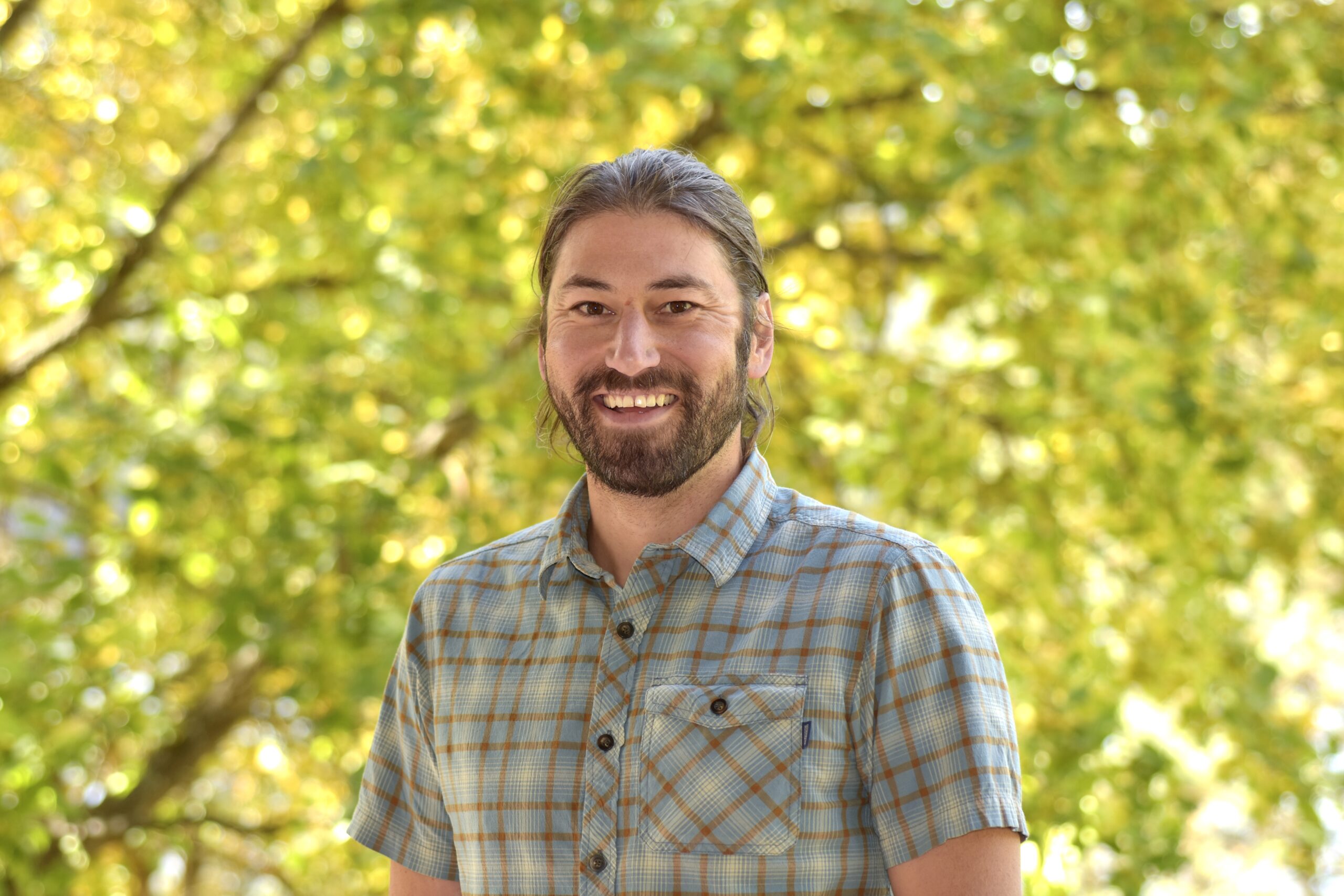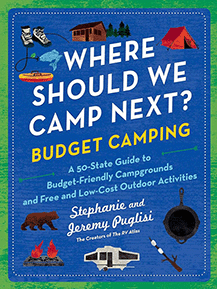Do American’s Know How to Camp Responsibly on Public Land?
The story is almost a cliche at this point. America’s most popular National Parks (and the campgrounds within them) are overcrowded. So are many of our country’s most popular private campgrounds. Many RVers are feeling frustration when they try to get reservations at these places. Here at the RV Atlas we do feel that this story has been beaten to death with very little nuance, but nevertheless, there are elements of truth to the overcrowding narrative The most popular campgrounds at the most popular places are full.
But there are so many other places to go if you want more space and more privacy, aren’t there? With the rise of more capable solar systems many RV owners are looking to camp a bit further from civilization. They are looking for dispersed camping spots in our National Forests and on BLM land. But are those campers prepared? Do they know how to camp responsibly on public land?

This photo and featured image compliments of Brian Chaszar
Many American’s are heading out to camp on our public lands and they are woefully unprepared. Dispersed camping on BLM land or National Forest Service land is quite a bit different than camping at a KOA. If you want to camp responsibility on public lands it will require more education and outdoor competency. In turn, camping in these places can offer greater freedom and a wilder experience for those that want a deeper connection to the natural world. We want our readers and podcast listeners to know what they are doing when they head out for a camping adventure on public land. So we decided to interview an expert and get his best tips and tricks for camping responsibly on public land. Because we always believe that you should know before you go instead of learning potentially painful lessons during your stay.
Our Interview With Author Greg M. Peters
Greg M. Peters is the former director of communications at the National Forest Foundation and the author of Standup Paddling Montana and most recently, Our National Forests: Stories From America’s Most Important Public Lands. Greg’s latest book is truly beautiful and will look great on your coffee table or on the shelf. It is also imminently readable and the chapters can be tackled separately, or in one enjoyable read. Our National Forests is also filled with gorgeous photography. We consider it a must read for anyone that is interested in the past. present, and future of the NFS. To celebrate National Forest Week we invited Greg onto the RV Atlas podcast to help teach our audience how to camp responsibly on public land. He was so wonderful to talk to and we learned so much from him in this terrific interview.

Greg M. Peters (photo compliments of Ray Foote)
Greg believes that recreating in our National Forests and on BLM land is a privilege and not a right, and that we all need to learn how to camp responsibly on public land before we go. He is passionate about our public lands and wants all tent campers and RV owners to be prepared before they go camping inside of these beautiful places. Greg has tons of tent camping experience, but he is also an RV owner. His family has an R-Pod and they use it regularly to camp on public lands.
To listen to our interview with Greg M. Peters click on the medial player above. Or subscribe to the RV Atlas podcast wherever you get your shows.
To read Greg’s show notes about how to camp responsibly on public land, just keep scrolling right here!

Photo by Greg M. Peters
Learn About the Place You Are Going
- Permits, licenses, policies, and other regs
- Buy online in advance, have with you…
- Campsite limitations and amenities
- Is there room for your rig, is there electricity, water, cell service, etc…
- Lay of the land and recreational opportunities
- What is available nearby 🡪 motorized recreation, biking trails, hiking, water sports, etc
- Download / purchase maps before hand,
- Make plans but be flexible
- Check weather before you go!
- Whose land was it?
- Learn a bit about the history of the land before you go, it will enrich your experience…
Be Respectful of Staff, Hosts, and Officials
- Pay for campsite promptly
- Be kind and gracious with officials, staff, LEO, etc…
- Follow the rules
What You Need to Know About Campfires
- Don’t transport firewood
- Don’t expect to find firewood at campsite
- Don’t cut down trees in campground, don’t cut limbs, don’t try to burn huge logs…
- Don’t have huge fires
- Follow the douse, stir, feel, douse, stir, feel method of extinguishing campfire
- Don’t burn trash in fires…especially glass, aluminum, foil, etc…they don’t burn!
- Go without!
What You Need to Know About Generators and Quiet Hours
- Every campground I’ve been to has quiet hours and limitations on generator use
- Follow the rules
What You Need to Know About Trash
- Keep clean campsite – reduces wildlife interactions and other issues (eg: dogs)
- Not all campgrounds have garbage collection…
- Be prepared to pack out trash, including dog waste…
- No one wants to walk through dog poop…be especially mindful at arrival, in the mornings, and do a sweep before you leave
- Clean up other people’s trash
What You Need to Know About Dispersed Camping

Photo compliments of Brian Chaszar
- Camp at existing sites and within already impacted areas
- Use existing fire rings or go without (my wife and I bring a Solo stove, which works great)
- Don’t drain grey water
- Pack out trash
- Keep clean campsite to reduce wildlife issues…
- Put food away, keep stoves, pots, pans, etc… in hard-sided vehicle
- Mind your dogs / kids…
- Give space to other campers / ask if ok to camp near
- Pay it forward…clean up other’s trash, pull and pack out invasive weeds, be the solution not the problem…
- Camp away from water, limit social trails, be aware of sensitive vegetation, etc…
Additional Resources Recommended By Greg M. Peters:

Photo compliments of Brian Chaszar
Leave No Trace – www.LNT.org
Responsible Recreation campaign – www.responsible-recreation.org
Tread Lightly – www.treadlightly.org








